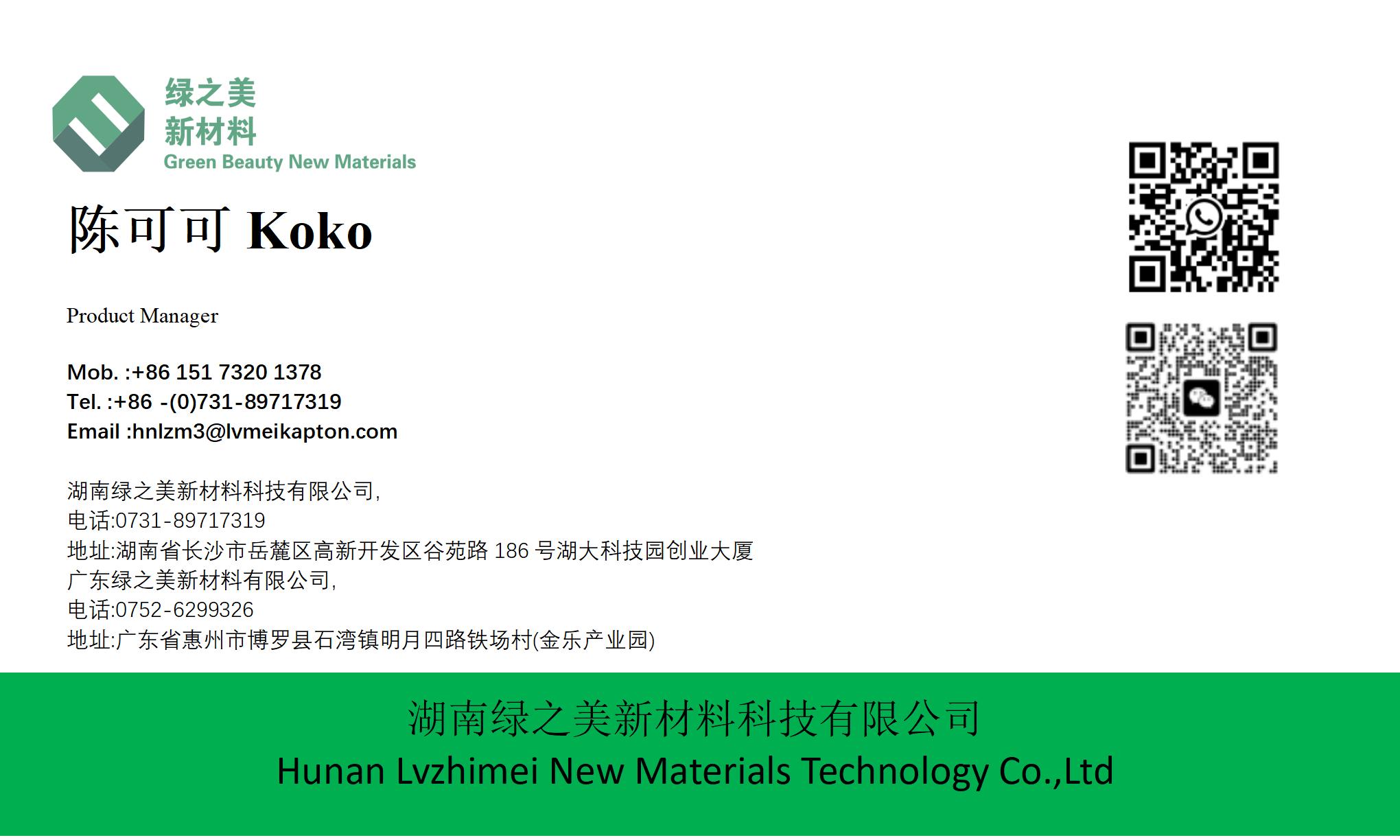hnlzm@lvmeikapton.com
+86 13787123465


Hunan Lvzhimei New Material Technology Co., Ltd.


NameDescriptionContent
Which Factors Should You Consider When Selecting Self - Adhesive Back Blocking Spray Paint Tape? | https://www.lvmeikapton.com/
Source:
|
Author:Koko Chan
|
Published time: 2025-07-22
|
9 Views
|
Share:
Self-adhesive backstop spray paint tape plays a crucial role in painting processes. It serves as a protective barrier to prevent unintended paint splatters on non-targeted areas, ensuring precise and professional finishes. Its strong adhesive properties allow it to firmly adhere to various surfaces (e.g., metals, plastics, wood, concrete), reducing cleanup efforts, minimizing material waste, and enhancing overall painting efficiency. This essential tool is vital for maintaining the integrity of the painting project and safeguarding the final aesthetic quality.

1. Introduction
1.1 Importance of Self-Adhesive Backstop Spray Paint TapeSelf-adhesive backstop spray paint tape plays a crucial role in painting processes. It serves as a protective barrier to prevent unintended paint splatters on non-targeted areas, ensuring precise and professional finishes. Its strong adhesive properties allow it to firmly adhere to various surfaces (e.g., metals, plastics, wood, concrete), reducing cleanup efforts, minimizing material waste, and enhancing overall painting efficiency. This essential tool is vital for maintaining the integrity of the painting project and safeguarding the final aesthetic quality.
2. Key Factor Analysis
2.1 Adhesive StrengthAdhesive strength is a primary consideration. Tapes are classified into low, medium, and high adhesive types:
●
Low adhesive tape: Easy to remove, suitable for smooth surfaces or frequent tape replacements (e.g., electronic device painting).
●
Medium adhesive tape: Balances adherence and removal, ideal for general painting tasks.
●
High adhesive tape: Strong holding power for rough surfaces or outdoor applications exposed to wind, rain, or high temperatures.
Selection guidelines:
●
For smooth surfaces (e.g., glass, metal), use medium adhesive tape.
●
For outdoor or rough surfaces (e.g., brick walls), prioritize high-adhesive tape.
●
In high-temperature environments, choose heat-resistant tape to prevent melting or detachment.(Table 1: Comparison of adhesive strengths for different tape types, including application scenarios and advantages.)
2.2 Weather ResistanceWeather resistance ensures tape stability under extreme conditions (heat, humidity, UV exposure). Poor weather resistance may lead to adhesive degradation, tape curling, or residue left behind, compromising painting outcomes. For example, outdoor building painting requires tapes with high UV and moisture resistance to withstand prolonged sun exposure and rain.(Figure 1: Performance degradation chart of tapes under different weather conditions.)
Selection tips:
●
Check temperature and humidity tolerance ranges specified by the manufacturer.
●
For outdoor use, prioritize tapes labeled "UV-resistant" or "all-weather."
●
Avoid tapes prone to swelling or discoloration in humid environments.
2.3 Width and LengthWidth and length directly impact application efficiency and precision:
●
Width: Narrow tapes (10-20mm) suit intricate areas (door hinges, trim details), while wide tapes (50-60mm) expedite large-area coverage (walls, furniture).
●
Length: Opt for pre-cut rolls for smaller projects; continuous long rolls (e.g., 50m) for extended surfaces like pipelines or corridors.
(Table 2: Recommended tape widths and lengths for common applications.)
2.4 Environmental PerformanceEco-friendly tapes prioritize sustainability and safety:
●
Materials: Biodegradable or recyclable substrates (e.g., plant-based films) reduce environmental impact.
●
Adhesives: Water-based or low-VOC formulations minimize harmful emissions during application.
●
Health benefits: Protects workers from respiratory irritation and long-term health risks.
Key certifications to look for:
●
EU CE Mark
●
China Environmental Protection Label
●
ASTM D6866 (biodegradability testing)
3. Other Considerations
3.1 Price vs. PerformancePrice reflects quality:
●
Premium tapes with advanced materials offer superior durability and performance, suitable for high-demand projects.
●
Budget-friendly options may suffice for small, low-risk tasks.(Figure 2: Price-performance matrix for popular tape brands.)
Cost-effective strategy:
●
Balance project requirements (scale, complexity) with tape quality.
●
Avoid extremely cheap tapes that risk adhesive failure or residue issues.
3.2 Brand ReputationReputable brands ensure reliability and support:
●
Leaders like 3M and Tesa offer consistent quality, technical support, and warranties.
●
Local brands (e.g., Nitto Denko, Shurtape) may provide cost-effective alternatives.(Table 3: Comparison of top brands by key features: adhesive strength, weather resistance, eco-certifications.)
4. Application-Specific Recommendations
4.1 Automotive Painting
●
Adhesive strength: Medium-high to withstand solvent exposure and vehicle vibrations.
●
Width: Use 50mm for body panels, 10mm for headlights and seams.
●
Material: Choose solvent-resistant tapes to prevent adhesive dissolution.
●
Brand suggestion: 3M Painter's Tape or Tesa Soft Print for automotive applications.
4.2 Home Decoration Painting
●
Eco-friendliness: Prioritize tapes with low-VOC adhesives to protect indoor air quality.
●
Width flexibility: 60mm for walls, 20mm for trim edges.
●
Ease of removal: Medium adhesive tape to avoid damage to delicate surfaces (e.g., drywall).
●
Weatherproofing: Use moisture-resistant tape near bathrooms or kitchens.
5. Conclusion
Selecting self-adhesive backstop spray paint tape requires a holistic evaluation of adhesive strength, weather resistance, size, eco-profile, cost, and brand credibility. Matching these factors to project specifics (e.g., automotive vs. home painting) ensures optimal results, minimized waste, and long-term cost savings. Prioritizing quality over price for critical projects and choosing eco-friendly options aligns with professional standards and sustainability goals.


Hunan Lvzhimei New Material Technology Co., Ltd.
Quick Links
Product Categories
© 2024 Hunan Lvzhimei New Material Technology Co., Ltd.All Rights Reserved. Designed by Erge
0731 - 89717319
hnlzm@lvmeikapton.com
+86 13787123465
Room 502, Chuangye Building, No186, Guyuan Road, High-Tech District, Changsha, Hunan, China
CONTACT



